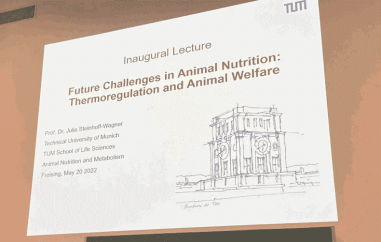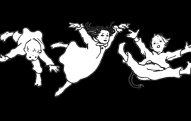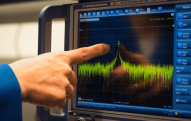Did you know...
that robot bees may soon be a reality?
Researchers at the University of Sheffield, UK, have teamed up with scientists at the University of Sussex and Université Paul Sabatier in Toulouse, France, in an effort to build an autonomous flying robot with the mind of a honey bee. The research project, funded by the Engineering and Physical Sciences Research Council, aims to build an artificial honeybee brain that works like its biological counterpart.
Why Bees? Honey bees are equipped with very sophisticated sensory systems and have well developed learning and memory capacities whose essential mechanisms are not that different from those of vertebrates. Dr. James Marshall, the principle investigator on the project says "The development of an artificial brain is one of the greatest challenges in Artificial Intelligence. So far, researchers have typically studied brains such as those of rats, monkeys, and humans, but actually 'simpler' organisms such as social insects have surprisingly advanced cognitive abilities." It is hoped that the robot brain will be able to carry out complex tasks such as finding the source of odours much like a bee does in real life when identifying certain flowers.
The three year, 1.2 million Euros project will start by building detailed computational models of the bee's olfactory (smell) and visionary (sight) systems. These sensory systems will then be combined with learning and sensory models to develop a full scale, bee-brain model. This brain model will then be simulated in real time using super computers before the final stage where, as Dr Marshall says, they hope to "produce an accurate and complete model that we can test within a flying robot".
Not only will this push the boundaries of understanding in neuroscience (how information is processed in the brain), large scale brain modelling and cognitive science, but may have applications beyond academia in environmental exploration, search and rescue and artificial pollination; an area of growing concern as bee numbers decline.



































